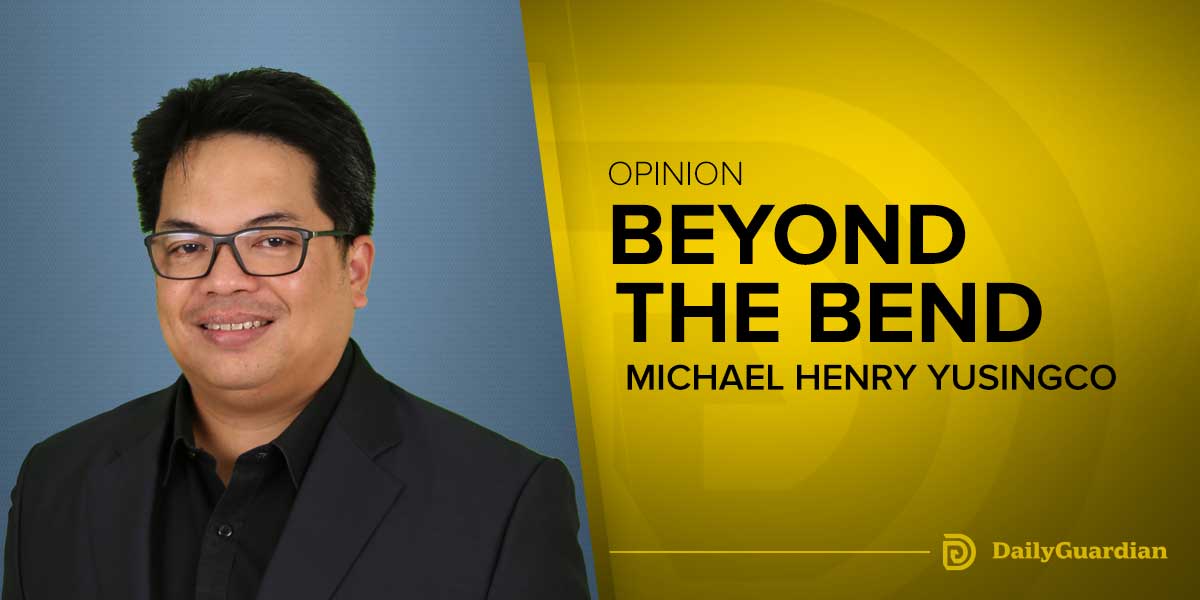The revelation that 23 million Filipino children endure violent discipline at home should not be reduced to mere statistic – it’s a national emergency demanding immediate action.
This crisis, highlighted in UNICEF’s recent report, exposes a deeply troubling reality where nearly 60% of our children face violence in places where they should feel safest. This includes 11.6 million subjected to physical aggression.
Compounding the crisis are widespread incidents of child abuse, school bullying, child labor, and early marriage. Together, these factors create a bleak reality for Filipino youth, threatening their physical and mental well-being.
With over 23 million children under 14 experiencing violent discipline at home, the need for a comprehensive, community-based response has never been more critical.
Research consistently shows that children who experience violence are more likely to perpetuate it as adults, creating an intergenerational cycle that threatens the nation’s future.
UNICEF’s 2024 State of World Children’s report provides a broader context, identifying three major trends—demographic shifts, climate change, and frontier technologies—that will shape Filipino children’s futures. While these challenges loom large, they also offer opportunities for transformative solutions.
Urbanization, for instance, brings new child welfare challenges, as projections suggest two-thirds of the population will live in cities by 2050. Rapid urban growth often exacerbates inequality, leaving children in marginalized communities vulnerable to abuse and exploitation.
Climate change adds another layer of complexity. Rising temperatures and extreme weather events threaten to displace millions of Filipinos, with children bearing the brunt of these disruptions. Yet, children remain excluded from critical climate policy discussions.
Meanwhile, the digital divide—exposed during the COVID-19 pandemic—continues to hinder equitable access to education and opportunities. UNICEF’s “3Cs” approach (Content, Capacity, and Connectivity) offers a framework to bridge this gap, ensuring children have access to digital tools and skills for the future.
The economic implications are equally devastating, with studies indicating that violence against children costs the Philippines billions in lost productivity and increased healthcare demands.
Communities across the Philippines have demonstrated promising solutions through barangay-based child protection committees, but these initiatives need significant scaling up.
The Positive Discipline Community Program in Cebu, for instance, has shown remarkable success in reducing violent disciplinary practices through parent education and community support networks.
Similar programs in Southeast Asian countries like Thailand have decreased domestic violence rates by up to 40% through community-based intervention models.
These successful interventions typically combine three key elements: parent education workshops, community surveillance systems, and strong partnerships with local law enforcement.
The digital age presents both challenges and opportunities – while online platforms increase risks of exploitation, they also offer tools for reporting abuse and delivering educational resources to remote communities.
The government must prioritize funding for local government units to implement comprehensive child protection programs, moving beyond policy declarations to concrete action.
Business leaders should recognize their role by supporting work-life balance policies that help parents manage stress and practice positive disciplining methods.
Religious institutions, deeply embedded in Filipino communities, must be engaged as partners in promoting non-violent discipline alternatives.
The media has a crucial responsibility to highlight successful community interventions while maintaining sensitive coverage of child abuse cases.
Teacher training programs need expansion to include detection of abuse signs and appropriate intervention protocols.
Implementation of the proposed Magna Carta of Children must be paired with grassroots initiatives that address cultural attitudes normalizing violence.
The path forward requires a whole-of-society approach where each sector – from government to grassroots organizations – plays a defined role in child protection.
We cannot build a prosperous Philippines while nearly two-thirds of our children grow up in fear.
The time for action is now – our children’s futures, and indeed our nation’s future, depend on our collective response to this crisis.

























